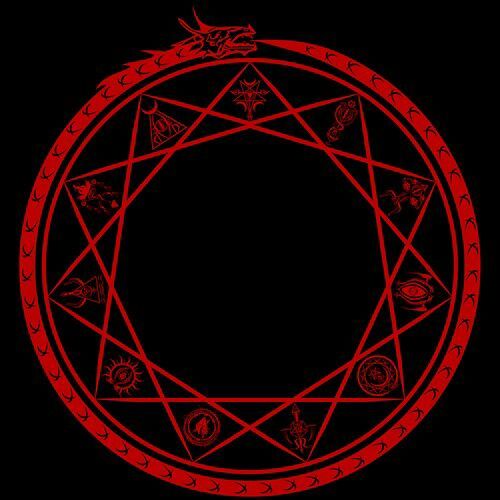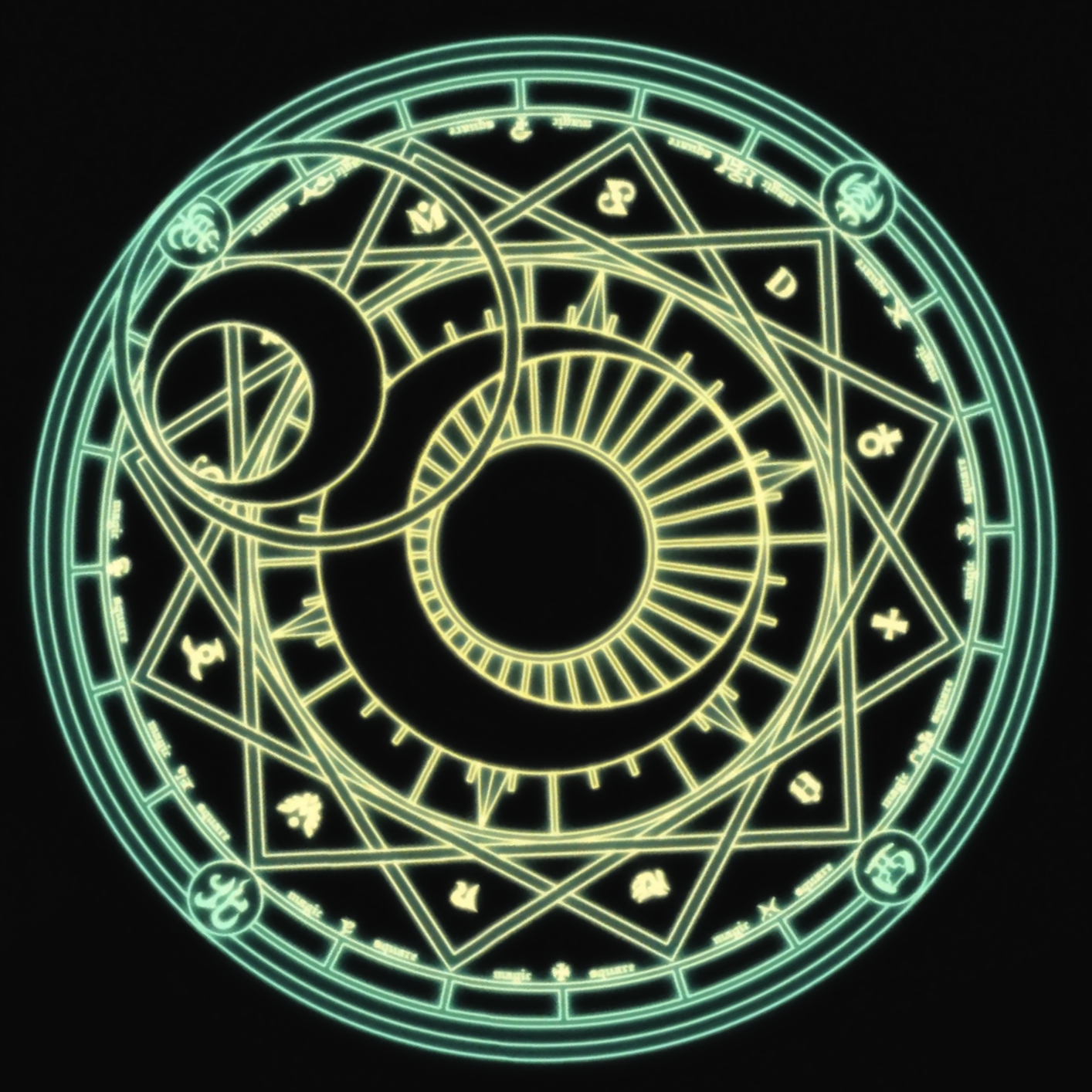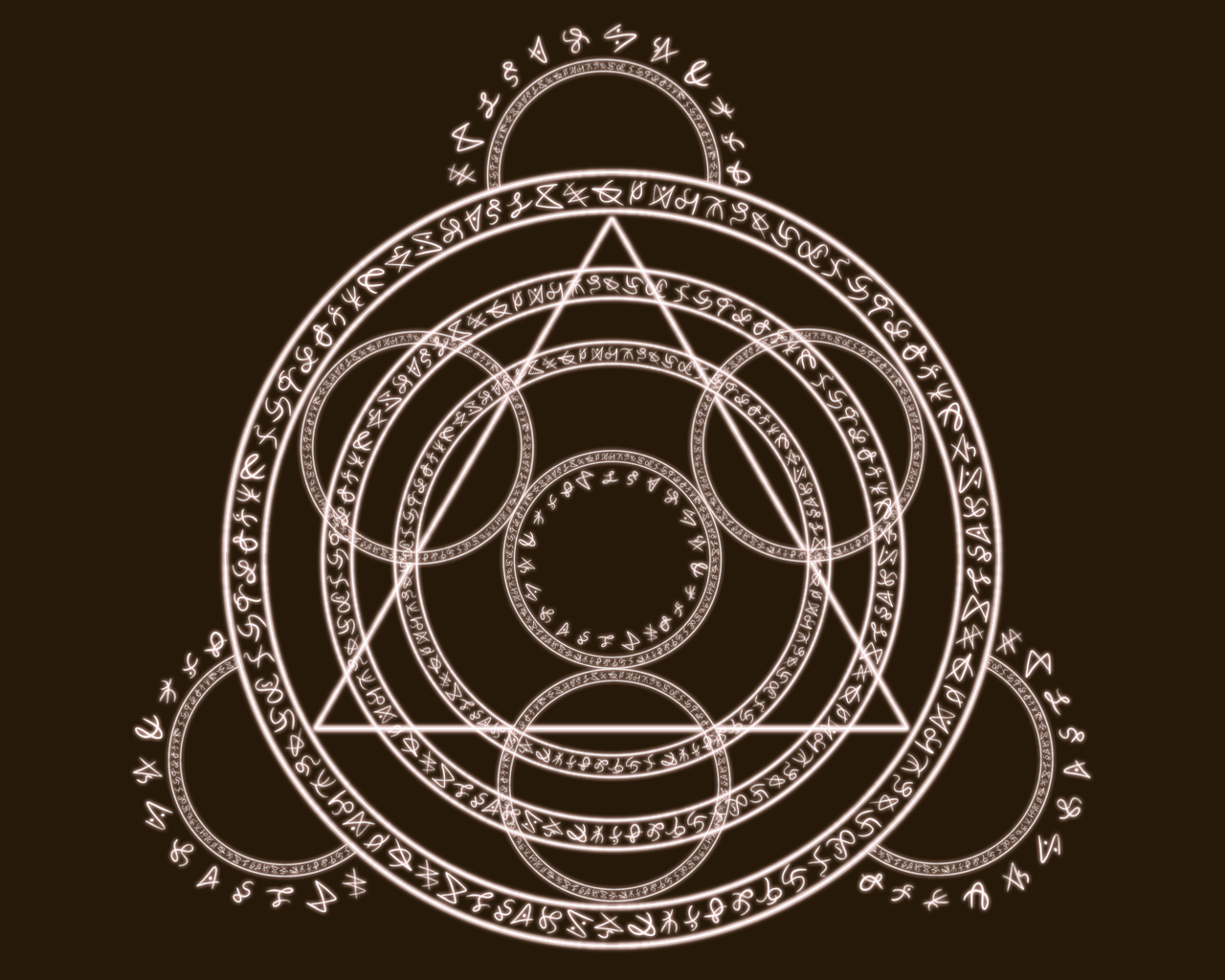
They have a very mixed reception among mages and non-mages alike. Circles tend to be located in remote and difficult to reach areas, but the Formari have outposts in major cities for the purpose of trade.

Llewellyn.The Circles of Magi governed by the Orlesian Chantry are cloistered in training facilities, kept under the watchful eye of the Templars and a council of their own senior mages. Princeton, N.J.: Princeton University Press. Wicca: A Guide for the Solitary Practitioner, 29th edition, Llewellyn Publications. Buckland's Complete Book of Witchcraft, Second edition, Revised & Expanded, Llewellyn Publications. Yantra – Mystical diagram in Tantric traditions.Opening by Watchtower – Ceremonial magical tradition.Mandala – Spiritual and ritual symbol in Hinduism, Jainism and Buddhism.Lesser Banishing Ritual of the Pentagram.Wikimedia Commons has media related to Magic circles (occult). The term "opening" is often used, representing the idea the circle has been expanded and dissipated rather than closed in on itself. This is called closing the circle or releasing the circle. The circle is usually closed by the practitioner after they have finished by drawing in the energy with the athame or whatever was used to make the circle including their hand (usually in a widdershins: that is, counter-clockwise fashion). This opening must be closed afterwards by "reconnecting" the lines of the circle. Whatever was used to cast the circle is used to cut the doorway, such as a sword, staff or knife ( athame), a doorway is "cut" in the circle, at which point anything may pass through without harming the circle. In order to leave a circle and keep it intact, Wiccans believe a door must be cut in the energy of the circle, normally on the East side. It is generally advised that practitioners do not leave the circle unless absolutely necessary. This is referred to as "breaking the circle". The barrier is believed to be fragile, so that leaving or passing through the circle would weaken or dispel it. The common technique for raising energy within the circle is by means of a cone of power. Some varieties of Wicca use the common ceremonial colour attributions for their "quarter candles": yellow for Air in the east, red for Fire in the south, blue for Water in the west and green for Earth in the north (though these attributions differ according to geographical location and individual philosophy). In Wicca, as also in traditional European grimoires, a magic circle is typically nine feet in diameter, though the size can vary depending on the purpose of the circle, and the preference of the caster. Both rituals are now used by a wide array of practitioners, including ceremonial magicians, Qabalists and neopagans.Ī schematic of the gestures and Hebrew words of the LBRP. The LBRP (as it is often known) is typically used as a daily practice or to begin any ritual, while the Watchtower ritual is much more involved. The Hermetic Order of the Golden Dawn, which has had one of the largest influences on contemporary esotericism, introduced the practices of the Lesser Banishing Ritual of the Pentagram and the Opening by Watchtower, among others. Some traditions include tracing or circumambulation. Such markings, or a simple unadorned circle, may be drawn in chalk or salt, or indicated by other means such as with a cord.

Making sacred space is among the most primal of rituals, such intentional actions are as worthy of the term psychoactive as any substance.' Ĭircles may or may not be physically marked out on the ground, and a variety of elaborate patterns for circle markings can be found in grimoires and magical manuals, often involving angelic and divine names. It is not always required for all kinds of ritual work, but neither is it of no value, quite the contrary. Moreover, as magician and historian Jake Stratton-Kent writes, 'In short a circle is not an obsolete symbol of a superstitious fear of spirits, but an intentionally created ritual space for various purposes. One text known as the Heptameron says of the circle, 'But because the greatest power is attributed to the circles (for they are certain fortresses to defend the operators safe from the evil spirits) in the first place we will treat concerning the composition of a circle.' Traditionally, circles are believed by ritual magicians to form a protective barrier between themselves and what they summon.

The figure of a Circle for the first hour of the Lord's day in Spring-time.


 0 kommentar(er)
0 kommentar(er)
